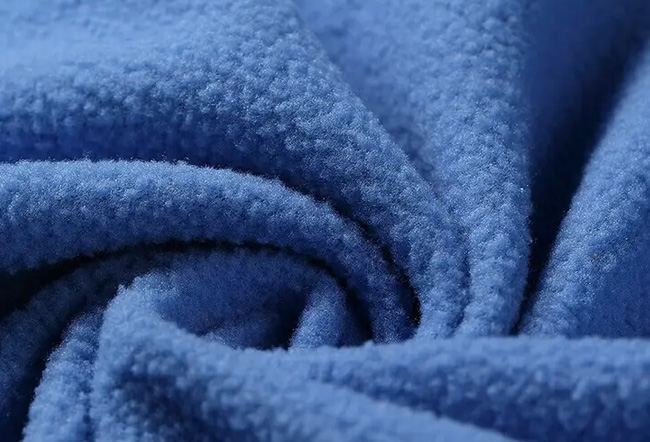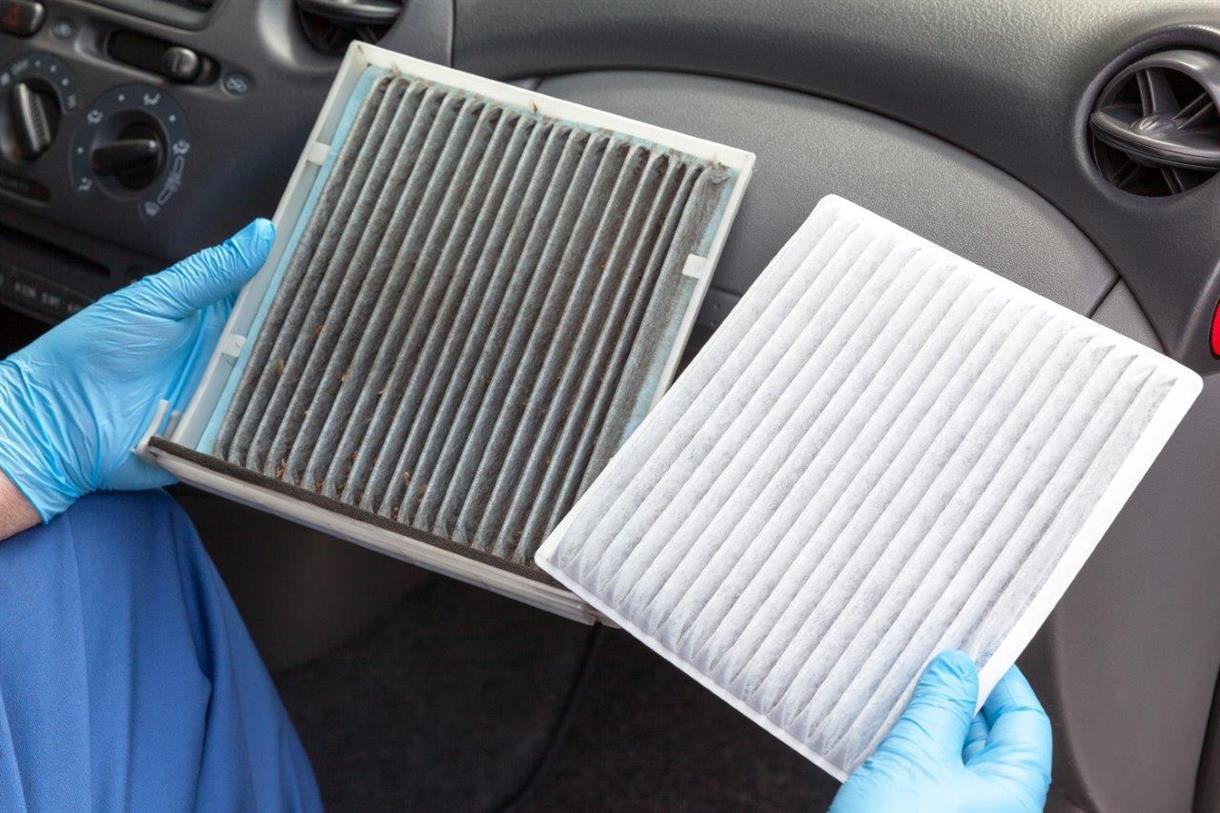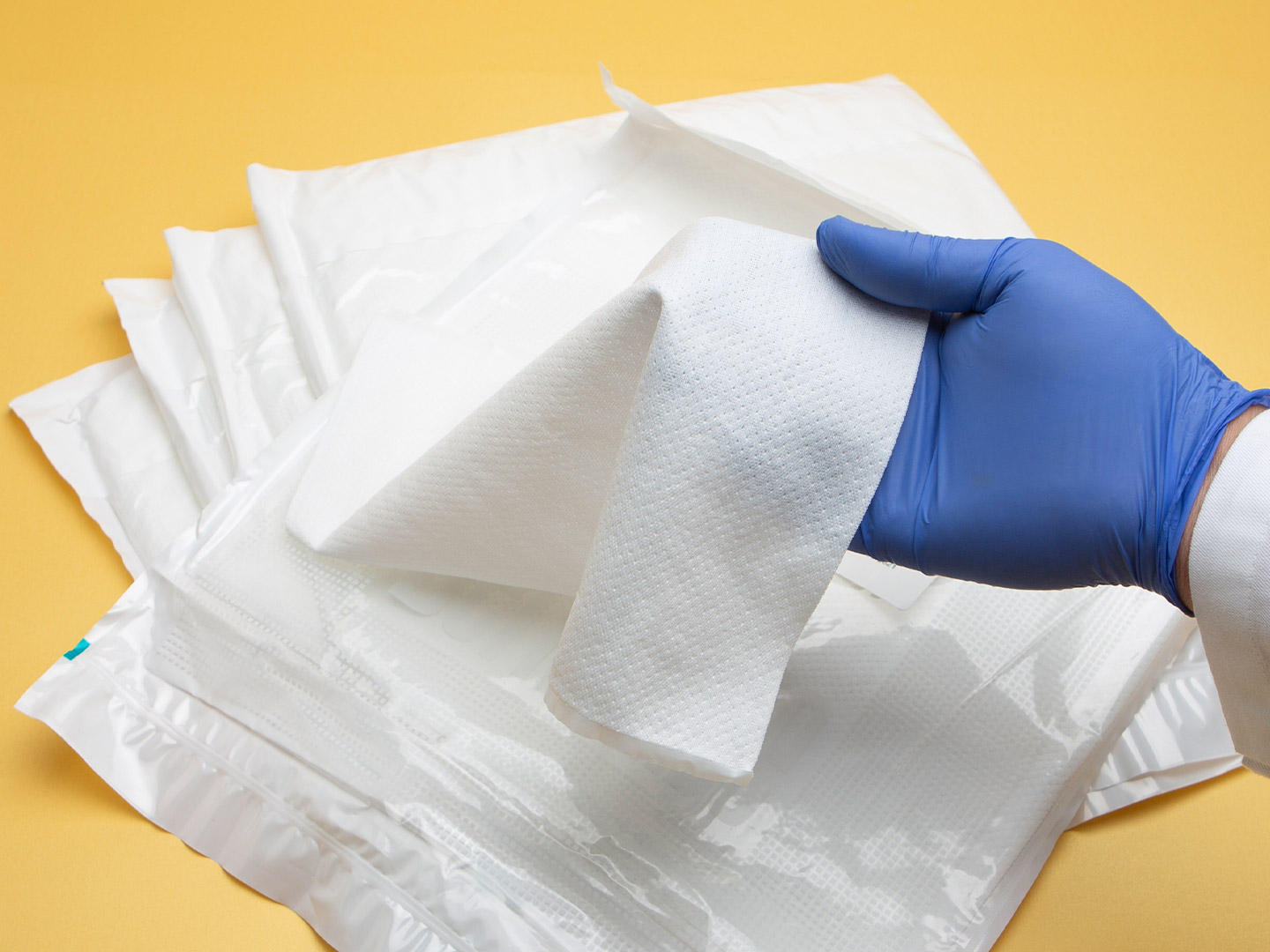As the fall and winter seasons approach, the temperature is getting colder and colder. Compared to the overly bulky down jackets and heavy coats, Polar fleece is undoubtedly a more "alternative" choice. It is also a good choice for young people who are interested in "layering". It is said that the shaker has become an essential item in our winter closet.

Polar fleece fabric, also known as microfleece, is a fabric made of polyester fiber. It is soft to the touch, has good heat preservation, and strong cold effect. After meticulous processing, the front side of the fabric is fluffy and dense, and it is not easy to lose hair and pilling. It is sparse and uniform back hair, short pile, clear tissue texture, and fluffy elasticity is very good.
In addition, it can also be compounded with all fabrics to make the effect of cold better. For example, it can be compounded with denim, lambswool, mesh, and waterproof and breathable film in the middle.
1979, Malden Mills, (now Polartec LLC), and Patagonia developed Synchilla (synthetic chinchilla). Polar fleece originated in Massachusetts. It was a new, light, strong pile fabric meant to mimic-and in some ways surpass-wool. Aaron Feuerstein intentionally declined to patent Polar fleece, allowing the material to be produced cheaply and widely by many vendors, leading to the material's quick and wide acceptance.
1981, Malden Mills registered PolarFleece as a trademark with the United States Patent and Trademark Office.
In the early 1990s, Polar fleece was produced early in Taiwan, China, at a relatively high price point. Later, it was gradually produced in the Zhejiang and Jiangsu regions of China.
(source: https://en.wikipedia.org/wiki/Polar_fleece#History)
Gorgeous colors.
Polar fleece is a machine woven fabric. Its weaveability is strong, and it can be woven into various patterns, and it is also convenient for dyeing. Therefore, there are many different colors of Polar fabrics, which can meet the needs of different people.
Not easy to shed hair, pilling.
The front side of the polar fleece fabric is fluffy and dense, but it is not easy to shed hair and pilling. The reverse side of the pulling hair is sparse and uniform, and the pile is very short with a certain degree of elasticity and fluffy feeling.
Not easy to deformation.
The knitted structure of the polar fleece fabric is stable, elastic, washable, and not easily deformed, which is easier to take care of than many fabrics. Perfect for those who like to machine wash.
Highly functional and safe.
Polarfleece fabric has the advantages of cold resistance, flame retardant, and anti-static, so it is very safe. The soft feel of the polar fleece fabric will not cause harm even if it comes into direct contact with the skin. Many of the functional properties of polar fleece are also being used more and more widely.
Comfortable to wear.
Polar Fleece is fluffy and soft to the touch, with a clear fleece texture and uniform hair. The fabric is knitted, so it will have a good amount of stretch. When made into clothes, it is easy to wear and looks beautiful. The fabric has very comfortable to wear.
Very good warmth.
Warmth is common to fleece fabrics. Polar fleece also has good warmth. It can be used in the production of fall and winter coats and warm pajama pants. The soft fabric can be used for intimate apparel.
High price
Although the Polar fabric is all polyester, its production process is complicated, so the price of the product is high. It is much more expensive than ordinary chemical fiber fabric, so the clothes made of shaker fabric are not too cheap.
Easy to get dust
The fleece particles are large and the fabric is not smooth, so it is easy to get dust. People with sensitive respiratory tracts should not wear shake-down clothing.
Uneven quality
The quality of products on the market varies, so there may be poor-quality fabrics that can cause asthma and other diseases. Some people may have allergic reactions to Polar fleece. Poor quality Polar fleece may also cause asthma and other illnesses.
Fabric making → Dyeing → Dyeing tank with pilling agent → Dewatering → Drying → Cutting → Brushing → Combing → Shearing → Shaking → Finished product shaping → Inspection → Packing → Storage.
Production process.
1. Dyeing
Shaped hollow polyester fiber fabric using high temperature and high pressure dyeing, dyeing temperature is generally 120 ~ 130 ℃. In the case of ensuring the color fastness requirements, try to use 120 ℃ dyeing. The holding time should not exceed 30min to reduce the shrinkage of fiber due to high dyeing temperature and long time. In the dyeing operation, the cylinder capacity should not be too large, try not to exceed 80% of the cylinder capacity, to avoid the cloth in the dyeing cylinder for a long time stacked pressure.
2. Adding linting agent
The way of adding pile agent is divided into shaping plus pile agent and dyeing vat plus pile agent.
The advantage is that the cloth body is under small tension and relaxed when adding pile agent, which will not change the form of shaped hollow silk. And the auxiliary to the fiber action time is long, more uniform, high production efficiency, so the use of dyeing tank plus pile agent.
3. Brushing
Brushing is the use of mechanical straight needle to support the flat surface of the fabric, curved needle (needle) will be on the terry fiber layer by layer gradually broken, and constantly hooked and tugged loop yarn, so that the loop yarn loose open, the formation of independent fluff, feathering and cover the surface of the fabric.
4. Combing
After brushing the semi-finished products through the carding machine on the needle roller, the disordered hair combing straight, inverted hair standing, combing off the broken hair in the pile, so that after combing the pile becomes fluffy, straight, so that after shearing the hair length consistent, shaking grain easy to knot grain.
5. Cutting
Pile fabric by weaving, untwisting, or brushing the surface of the pile fiber length is not the same, the need to cut the pile short into upright, neat short hair. Or will be long hair cut flush to make the pile surface flat. Cutting the length of the hair directly determines the size of the shaking particles, the longer the hair, the larger the particles, the fluffier the shaking style, the more static air content in the shaped hollow polyester fiber, the better the warmth.
6. Shaking grain
Shaking grain is cloth in the shaking machine through mechanical turning, hot air blowing, so that the pile winding each other, granulation, shrinkage.
7. Finished product shaping
Shaking grain cloth finished shaping do not go through the roller shaping, otherwise it will affect the fluffiness of shaking grain style.
Caution:
· The design of dyeing process and parameters should take into account the form of hollow fiber as far as possible to avoid the contraction of fiber cavity, otherwise it is difficult to reflect the difference between shaped hollow fiber and conventional fiber.
· When designing the process parameters of each process, it is necessary to ensure the thickness and fluffy effect of shake-grain fleece. Increase the air layer between fiber and fiber to enhance the warmth, lightness, and softness of the fabric.
The composition of polar fleece fabric is generally all-polyester, with a soft hand and exceptional warmth. It is the product of choice for winter warmth.
Polar fleece is mainly used as lining material for clothes, and can also be used for bed sheets, carpets, coats, jackets, undershirts, windbreakers, player logos for cheerleaders, rocker gloves, scarves, hats, pillows, cushions, and shoes, and toys.
Of course you can.
It's like sheepskin with wool. A special precaution before tanning and dyeing is to remove all fat from the skin and hair. If the skin fat is not removed with a proper machine, this can be done with a sharp knife.
Dyeing is also part of the process.
A high-temperature, high-pressure overflow jet dyeing machine is generally used. It can not only adjust its running speed according to the fabric variety structure, the nozzle pressure and diameter size can also linearly and automatically prompt the filling and automatically control the temperature rise and fall to better ensure its dyeing quality. After dyeing, the fabric needs to be dewatered by a centrifugal dewatering machine and dissected by high speed dissecting machine.
The different bright colors of polar fleece on the market also meet different customer needs, and some Polar fleece manufacturers can enter the dyeing according to your needs.
Polar fleece fabric will not shrink when you come across it. It is an all-polyester fabric that is soft to the touch and not easily deformed, and even if it is deformed, it is bigger and looser, not shrunken. Shaker fleece also has hydrophobic, quick drying in water, even in a humid environment, can still remain relatively dry. Very good cleaning, very easy to dry.
The difference between wool and polar fleece fabric is this: wool is a natural fabric from the body of an animal, while the polar fleece is a man-made material. Wool is a natural fiber that is taken from the body of a sheep. After the wool is sheared from the sheep, it is then processed to make the garment we call wool. Wool has been used for thousands of years and is used to make warm clothing such as sweaters.
Both wool and polar fleece are warm clothing materials. But even though they both keep you warm, there is a difference between the two. The warmth felt by the body is actually derived from its own heat. So for clothing, insulation is a key factor in keeping you warm. So we can ask the same question: Who is better insulated, wool or shaker?
In the absence of rain or wind, both wool and Polar fleece are effective at keeping body heat in. But if it gets wet, wool is better at retaining body heat in the initial stages.
This is mainly because wool contains lanolin, which is a natural water repellent. However, once the body is wet, it takes a long time for the wool to dry out. As wool does not have a water-repellent function, it gets wet faster than wool and does not retain heat well. But when you find shelter from the rain, Polar fleece dries faster.
Generally speaking, fleece is better at keeping the wind out. But if your next exercise is high-intensity, such as running, climbing, hiking, biking, etc., this windproof insulation will not be a good thing, sweating and sweltering, which may be counterproductive in cold weather.
Development of Polar Fleece: Polar fleece was first produced in Taiwan, China in the early nineties. It is made by weaving blank fabric on a large circular machine, high temperature, and high-pressure dyeing, followed by finishing (such as combing, cutting, shaking, shaping, and other processes). In the mid-1990s, the production of shaken velvet also started in Quanzhou, Fujian Province. Later in Zhejiang and Jiangsu, we also started to produce Polar fleece. Looking at our domestic production level, the quality of Polar fleece in Jiangsu is better and the price of Polar fleece in Zhejiang is better.
G&F GROUP INC. is a professional polar fleece fabric manufacturer, with more than 10 years of experience in producing wholesale polar fleece fabric, the fabric quality is trustworthy! We specialize in anti-pill polar fleece fabric, printed polar fleece fabric, knitting polar fleece fabric, and other knitted fabrics. Want to know more about the price, specification, composition, logistics, and transportation of the fabric? Welcome to contact our Email: [email protected], our professional staff will give you detailed answers.
All Rights Reserved: https://www.groupgf.com/info-detail/polar-fleece-fabric
Copyright Notice: This is an original (translated) article from G&F Group Inc., please indicate the source from G&F Group Inc.. If there is any infringement, please contact us first.
 Nonwovens in daily life ----- filtration
Nonwovens in daily life ----- filtration
 Nonwovens in daily life ----- automotive
Nonwovens in daily life ----- automotive
 What is SAP – superabsorbent polymers
What is SAP – superabsorbent polymers
 The Future of Global Nonwoven Wipes to 2029
The Future of Global Nonwoven Wipes to 2029